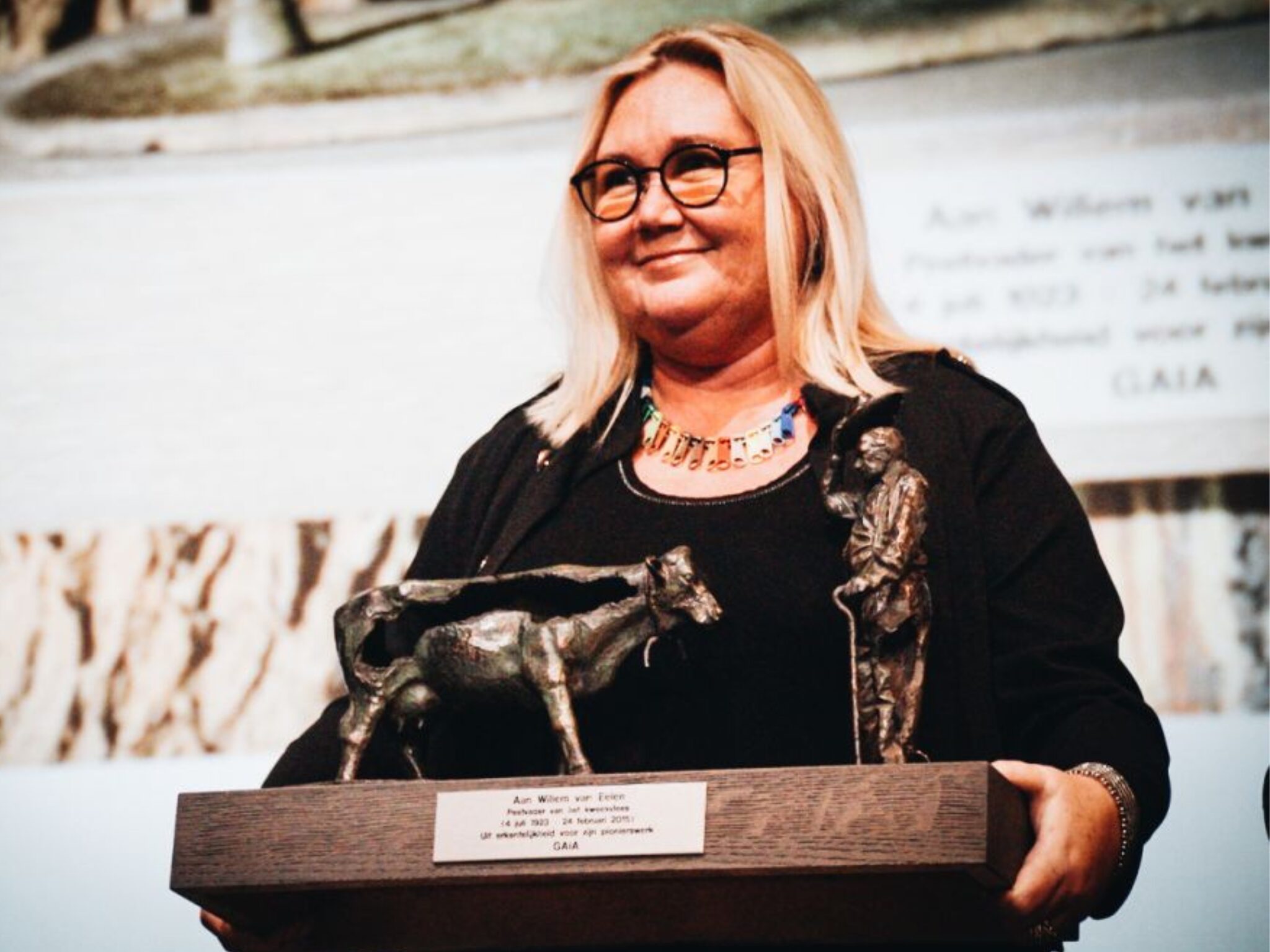Safeguarding the Future: How RESPECTfarms is Helping Farmers Transition to Cultivated Meat
7 Mins Read
In the 1980s, Willem van Eelen began working on the technology that produces what we know today as cultivated meat – now, his daughter, via RESPECTfarms, is extending his vision to help farmers take the plunge, beginning with the world’s first cultured meat farm.
If the whole world transitioned to alternative proteins like cultivated meat, what would happen to all the farmers? This is one of the most pressing questions surrounding the industry.
It’s an important one, too – how do you diversify the world’s protein intake without wiping out the livelihoods of a quarter of the global population, which forms the backbone of our food system? To answer it, Ira van Eelen, Ruud Zanders, Florentine Zieglowski and Ralf Becks came up with RESPECTfarms, presenting a way one could grow cultivated meat on conventional farms.
Van Eelen is the daughter of Willem van Eelen. Known as the grandfather of cultivated meat, he began working on the tech in the 1980s and led the first-ever public research project on these proteins in the early 2000s, funded by the Dutch government.
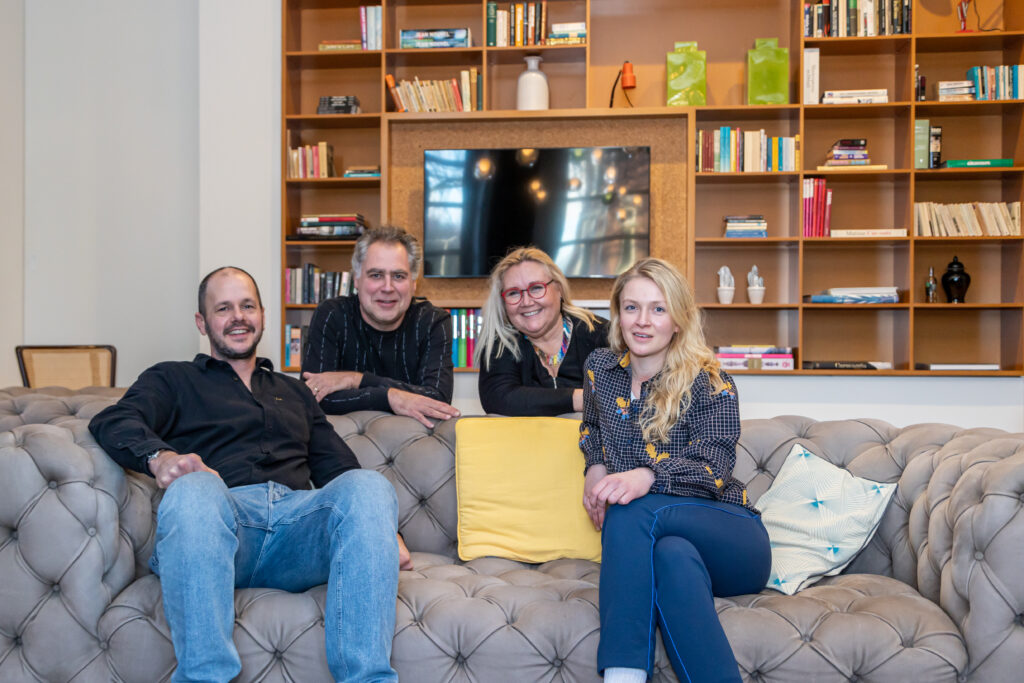
The outcome of this research focused on how cultivated meat could be an additional business model for farmers. It’s the seed that sparked the idea to launch RESPECTfarms, which is hoping to decentralise cultivated meat production on traditional farms. Ira van Eelen calls this “the bare necessity”, viewing cultured meat as a solution to climate protection and food security.
“Not all farmers should make cultivated meat tomorrow,” she tells me. “But we need to diversify the current protein production for a more resilient agricultural system.”
Why not grow ingredients for plant-based proteins, then, like some transition projects are doing? “Not all plants are useful for cultivated meat production either (but rather for plant-based meats),” van Eelen responds. “Some others (including sidestreams) make sense in terms of processing costs or composition for cell culture media.”
Why RESPECTfarms advocates growing cultivated meat on farms
Do livestock farmers really want to make the switch from something they’ve known all their lives? “It depends on why meat has been their entire livelihood,” she suggests. “Is this because they love to work with animals? Because they see it as a viable business? Is it because they are proud to contribute to food security and feed the world? Cultivated meat does not mean you need to give up on your motivation on why you are a farmer. They can still produce meat, just in a different way (and with some key additional benefits).”
And what might those benefits be? As RESPECTfarms explains in a hypothetical video, farmers would be able to produce more meat with fewer cows – and they don’t need to be slaughtered. It safeguards them against any disease risk to the livestock (and that transferring into the meat produced), because you’re essentially taking them out of the equation. Plus, there are the environmental benefits too – cultivated meat can mean 92% fewer emissions, 94% less air pollution, and 90% less land use than conventional beef, if produced via renewable energy.
The next question that springs to mind is why grow cultivated meat on a farm instead of at a manufacturing facility? As van Eelen explains in the video, the farm is a smart location for this, because everything you need is already there. You’ve got the animals and their cells, a place to generate energy, as well as the people who are adept at handling them, are familiar with following processes and know how to deal with hygiene. Farmers can play a role in feeding the cells, and process residual flows via recycling and waste management. “So why wouldn’t we do it in a place like that?” asks van Eelen.
“It will secure [farmers’] place in rural areas and secure food production,” she tells me, before adding: “But yes, for those farmers that aim to stay in the way they have always been practising agriculture, they might want to transition towards another form of agriculture.”
Addressing design challenges for existing farms
RESPECTfarms’ demonstrative video explains how farmers can work with experts (like architects) who can retrofit their stable with new designs that are fit for cultivated meat production and a farm of the future. It combines sustainable production with local agriculture to make a circular chain – hitting a key consumer concern.
There are other potential pain points too. What do farms do with existing animals, if not slaughter them the way they were raised to do? “Our proposition is that they can produce the same amount of meat that they used to produce, only with fewer animals needed. This opens up the opportunity to hold the few animals in an animal-friendly way,” says van Eelen. “What farmers do with their animals at a certain point is up to them to decide.”
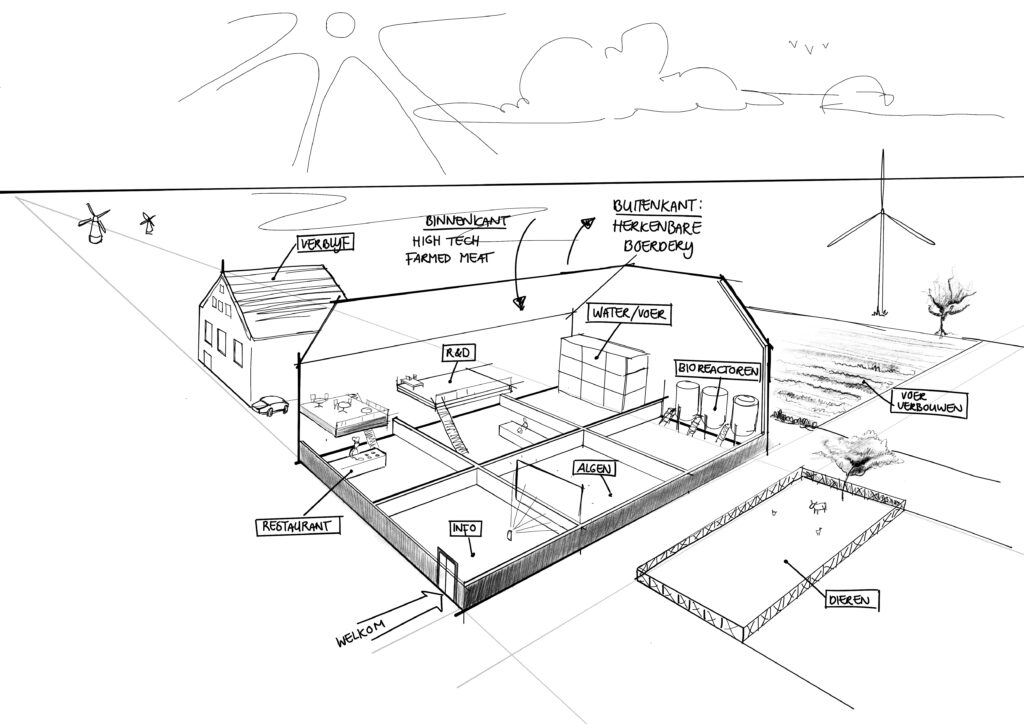
And in terms of redesigning stables, how do smallholder farms with limited space and facilities fit in here? Van Eelen explains they could still technically produce cultivated meat, with external inputs on the cell culture media. “Current agriculture already shows different strategy practices – from differentiating the farm practices (like income on feed, milk, and meat) to focusing on one practice only (such as specifically breeding sows). We expect this to happen also for cellular agriculture farms in the future,” she notes.
“Further, It is all about how we can design the process most cost-effective for farmers: What is the investment needed by the farmer? What is the input and output? What are the price points? This is still part of the research and will develop over time. Farmers are traditionally used to work in collaboration, so we expect [to work with] regional cooperatives.”
RESPECTfarms is working with 60 farmers in the EU
Van Eelen and her co-founders are working with farmers on different levels. This includes partnerships with the German Agricultural Society (DLG) and Swiss farmers’ union Fenaco, both of which are leading organisations in their respective countries with thousands of members, and have expressed support for RESPECTfarms’ concept. “We intend to expand on these engagements and conversations intensively in the next months,” van Eelen reveals.
Have farmers been receptive to the idea? “We have not experienced extraordinary negativity around cultivated meat by farmers. We have validation that there is a group of farmers that wants to produce cultivated meat,” she outlines. “There is also a group that does not want to tap into this field, but it is an assumption that farmers would not want this. And we focus on the ones that aim at transitioning with us.”
RESPECTfarms is part of the Horizon Europe programme, which helps fund the feasibility of farm-scale cultivated meat production. “We will research opportunities and key blocking issues [in] Spain, Portugal, Germany, and Norway,” she adds.
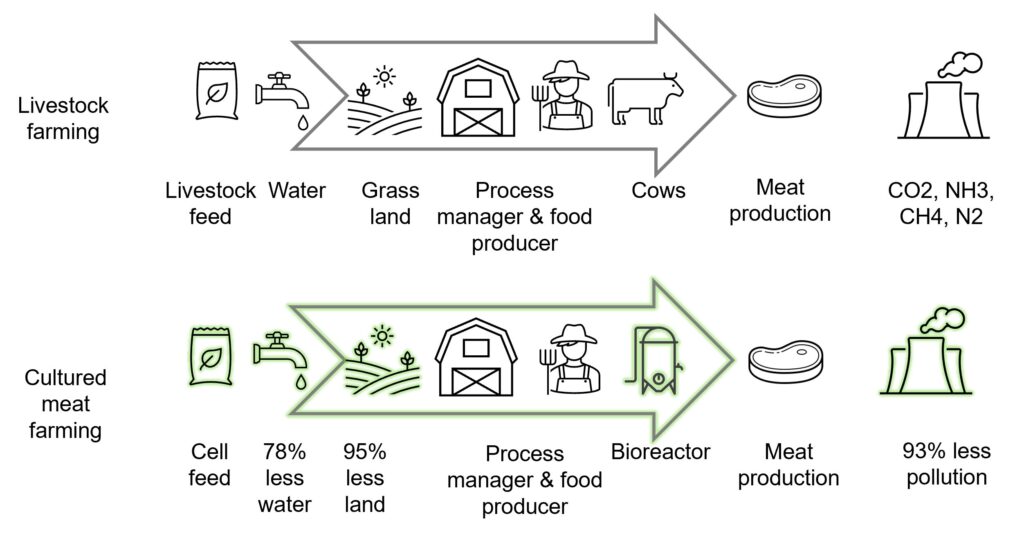
Currently, van Eelen and her colleagues are having one-on-one talks with about 10 farmers in Switzerland and Germany, and 50 in the Netherlands. And it’s the latter where it is looking into the possibility of its first farm (planned for 2025), with Germany being an alternative. “The construction of a pilot farm represents a risk to investors and other private funders. Therefore, we see an urgent need for the public sector to support a first farm – both to de-risk and increase the value over time.”
RESPECTfarms began running an 18-month feasibility project in January 2023, armed with €900,000 in funding from European governments, NGOs, and industry partners like Rügenwalder Mühle, Fenaco, Rabobank, and the Belgian animal rights group GAIA. “Current agriculture is heavily subsidised,” notes van Eelen. “There are also subsidies to transition towards more sustainable practices. Farmers should be subsidised to transition towards this model in the future, too.”
Another aspect to consider is the expensive machinery and equipment required for cultivated meat production. “At the moment, bioreactors are still expensive. That is partly due to the design of these bioreactors that are not suitable for food production. We aim at developing a design that is feasible, viable, and desirable for farmers to invest in,” van Eeelen explains.
The need for regulatory support
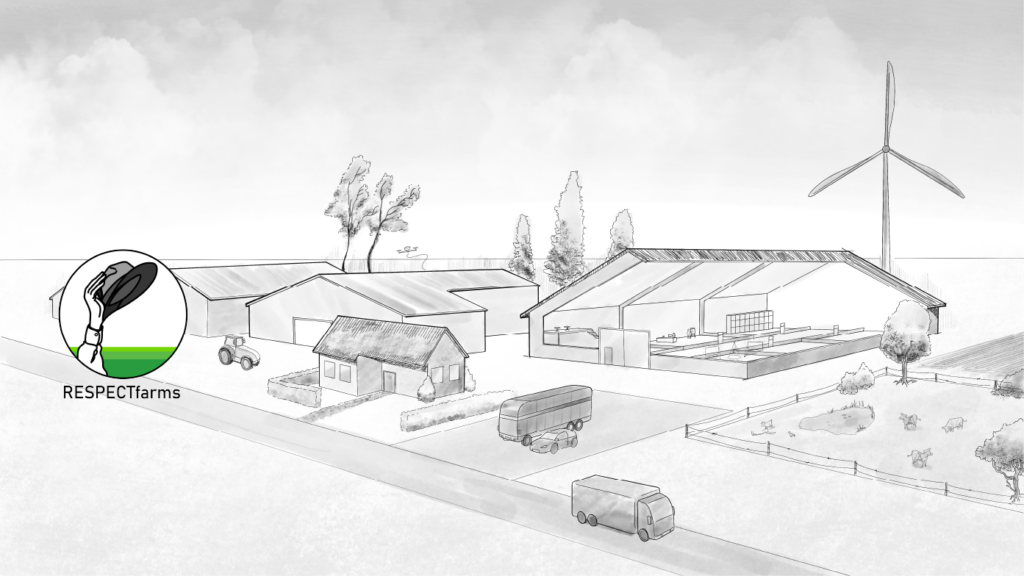
She calls on the public sector to “pave the way” in terms of regulatory frameworks to open up the possibility for cultivated meat farms. Currently, no country in the EU has received applications for approval, with the bloc’s novel foods regulation being the most stringent in the world. Within Europe, though, Switzerland and the UK are currently evaluating filings from Israeli cultivated beef producer Aleph Farms (which last month received clearance in its home country).
So how do farmers make money in the meantime? “Unfortunately, with their current agricultural practices – or [if] they have already transitioned towards plant-based alternatives,” notes van Eelen. ‘If we don’t work on this now, we will be too late for the farmers in need of another alternative, futureproof business model.”
Speaking of the future, RESPECTfarms is working towards fully optimising its first farm by 2029, in the hope to start a movement that can help scale out its process from 2030 onwards. “Our first long-term vision is the transformation of 1,000 farms in 2038, with a growing network to expand and sustain,” says van Eelen.
Buy-in from governments, farmers and consumers is crucial – can RESPECTfarms get the ball rolling with the world’s first cultivated meat farm?


